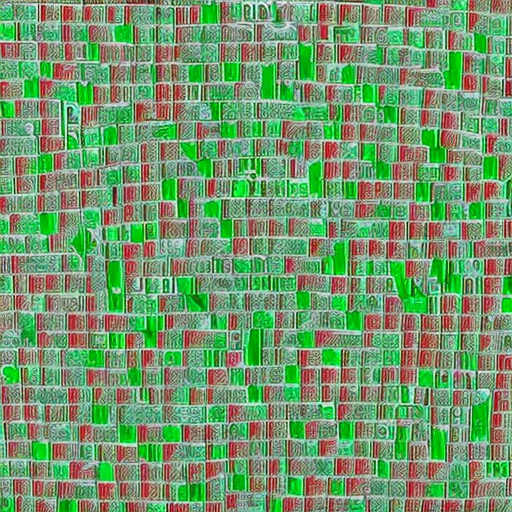The Matrix by Lilly Wachowski
Summary: In a dystopian future, a computer hacker named Neo discovers that the world he knows is a simulated reality created by machines. He joins a group of rebels fighting against the machines and learns to harness his newfound abilities to save humanity.
Main Cast and Crew:
- Director: Lilly Wachowski
- Writers: Lilly Wachowski, Lana Wachowski
- Key Actors: Keanu Reeves as Neo, Laurence Fishburne as Morpheus, Carrie-Anne Moss as Trinity, Hugo Weaving as Agent Smith
- Music Director: Don Davis
- Director of Photography: Bill Pope
- Producers: Joel Silver, Lana Wachowski, Lilly Wachowski
Plot:
In “The Matrix,” Neo, a computer programmer by day and a hacker by night, is contacted by a mysterious group led by Morpheus. Morpheus believes that Neo is “The One,” a prophesied savior who can free humanity from the simulated reality known as the Matrix. Neo is initially skeptical but eventually joins Morpheus and his crew, including the skilled fighter Trinity.
Under Morpheus’ guidance, Neo undergoes rigorous training to unlock his true potential. He learns that the Matrix is a computer-generated dream world created by machines to keep humans docile while their bodies are used as an energy source. The rebels, known as the Resistance, seek to overthrow the machines and free humanity from their control.
As Neo delves deeper into the Matrix, he encounters the relentless Agent Smith, a sentient program tasked with eliminating anyone who threatens the system. Neo’s journey leads him to confront the Oracle, a prophetic figure who provides guidance and reveals that Neo’s destiny is intertwined with that of the Matrix.
With the help of his newfound abilities, Neo becomes a formidable force against the machines. He defies the laws of physics, dodges bullets, and even resurrects after death. As the war between humans and machines intensifies, Neo must confront his doubts and fulfill his role as “The One” to save humanity from extinction.
Themes and Motifs:
“The Matrix” explores several thought-provoking themes, including the nature of reality, free will versus determinism, and the power of belief. The film challenges the audience to question their perception of the world and consider the possibility of alternate realities. It also delves into the concept of choice and the consequences of accepting or rejecting one’s predetermined fate.
The motif of the red pill and the blue pill represents the choice between embracing the truth, no matter how harsh, or remaining ignorant in a comfortable illusion. The film also incorporates religious and philosophical references, drawing parallels to messianic figures and existentialist ideas.
Reception and Legacy:
Upon its release in 1999, “The Matrix” was a groundbreaking success, captivating audiences with its innovative visual effects and mind-bending storyline. It received critical acclaim for its blend of action, science fiction, and philosophical themes. The film won four Academy Awards and was nominated for Best Picture.
“The Matrix” left an indelible mark on popular culture, influencing subsequent films, television shows, and video games. Its iconic bullet-time sequences and philosophical musings have become cultural touchstones. The film’s success spawned two sequels, “The Matrix Reloaded” and “The Matrix Revolutions,” further expanding the franchise’s universe.
Recommendation:
“The Matrix” is a must-watch for fans of science fiction and action films. Its gripping storyline, stunning visuals, and philosophical undertones make it a thought-provoking and exhilarating cinematic experience. Whether you’re drawn to its mind-bending plot or its groundbreaking visual effects, “The Matrix” is a film that continues to captivate audiences to this day.
Memorable Quote:
“There is no spoon.” – Spoon Boy












